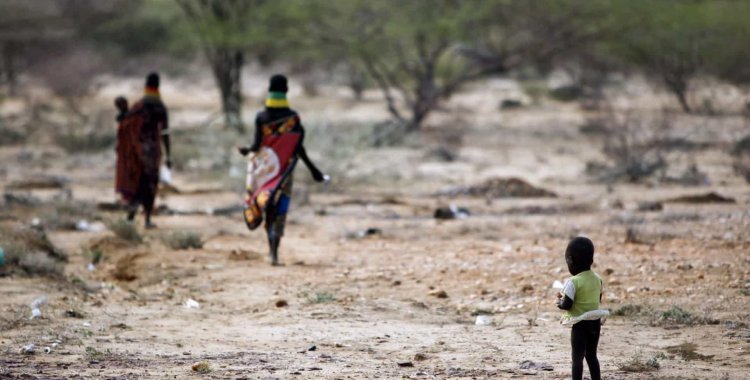The data are contained in the Report on Climate and Development of the Country - CCDR, a diagnostic tool that aims to explore the interaction between climate change and development in Angola and identify climate actions of great impact, this Wednesday presented at the Ministry of Economy and Planning, in Luanda.
Developed by the World Bank in partnership with the Angolan government, the report indicates that in a scenario without adaptation measures in Angola, and with more severe extreme events (droughts and floods) agriculture will be hard hit, with agricultural productivity up to 7 percent lower and overall worker productivity could be 4 percent lower.
The losses and damages caused by the floods could reduce the value of non-oil capital stock in Angola by 3-4 percent, according to the document to which Lusa had access.
"As a result, by 2050, the capital stock in the non-oil sector could be 4 percent lower, as assets such as roads, factories and machinery would be destroyed by floods and other extreme events", he points out.
In Angola, warming has accelerated significantly in recent years, with an average annual temperature increase of around 1.4°C since 1951, which has mainly affected southern Angola, which has suffered a severe and prolonged drought since the last decade, with conditions described as "the worst in 40 years".
As a result, last year 3.8 million people in the six southern provinces of the country did not have enough food, and more than 1.2 million people face water shortages. of the country is 1.5-2.5°C warmer, except near the coast.
The study points out that precipitation trends are more uncertain, but variability is clearly increasing, with longer dry spells, worse droughts, and also more floods, which mainly affect the most vulnerable Angolans, who live in areas of high exposure. to climate change.
Some of the areas with the highest number of vulnerable households are also areas with the highest frequency of floods, such as Huambo, and droughts, such as Huíla.
"The economic and climatic impacts that affect areas or entire populations, combined with high levels of vulnerability to poverty, can translate into substantial increases in the incidence and severity of poverty, food insecurity and child malnutrition", stresses the report, which also points out priorities of action that the government of Angola can implement in the next three to five years.







